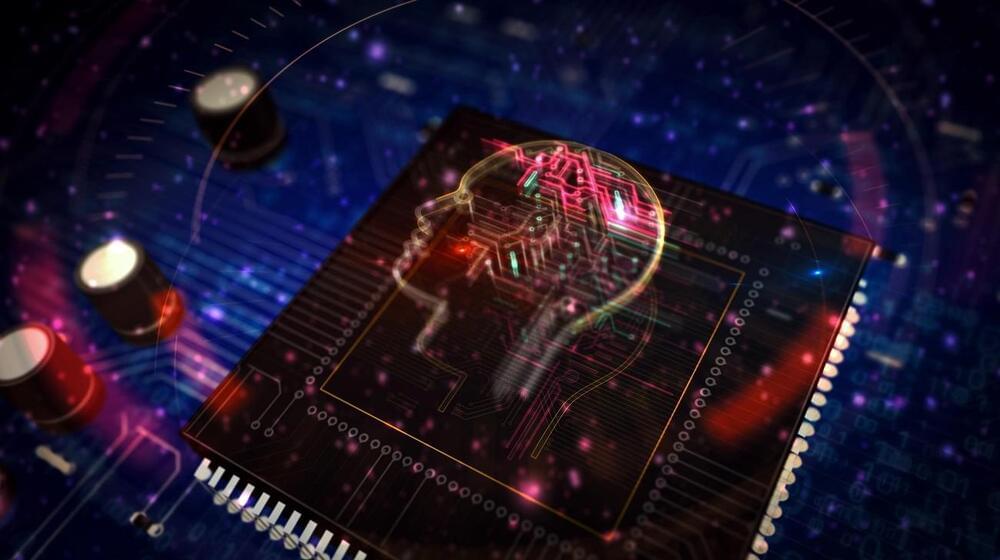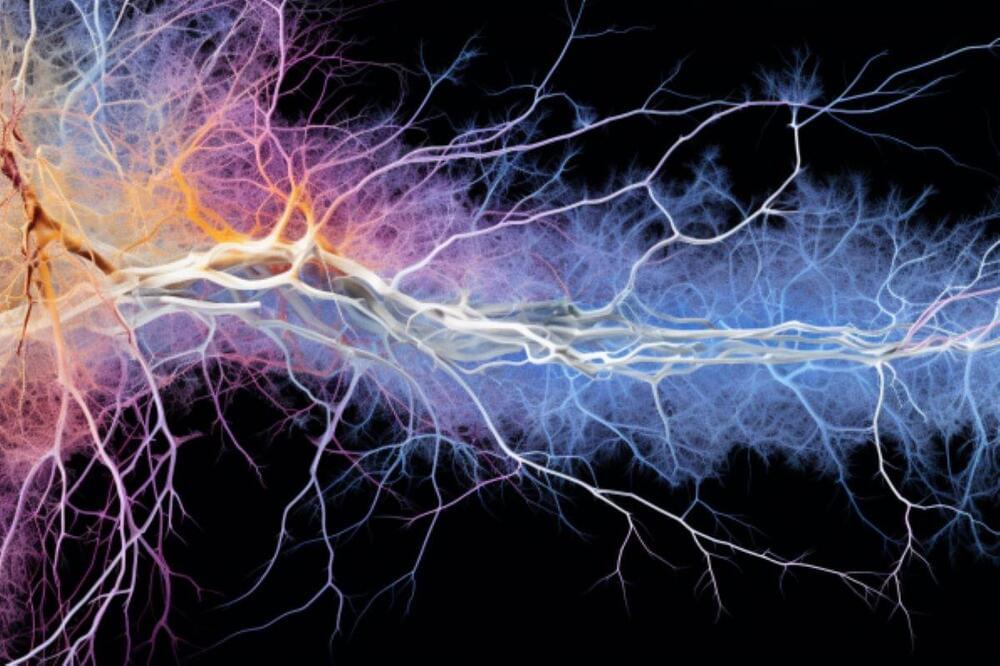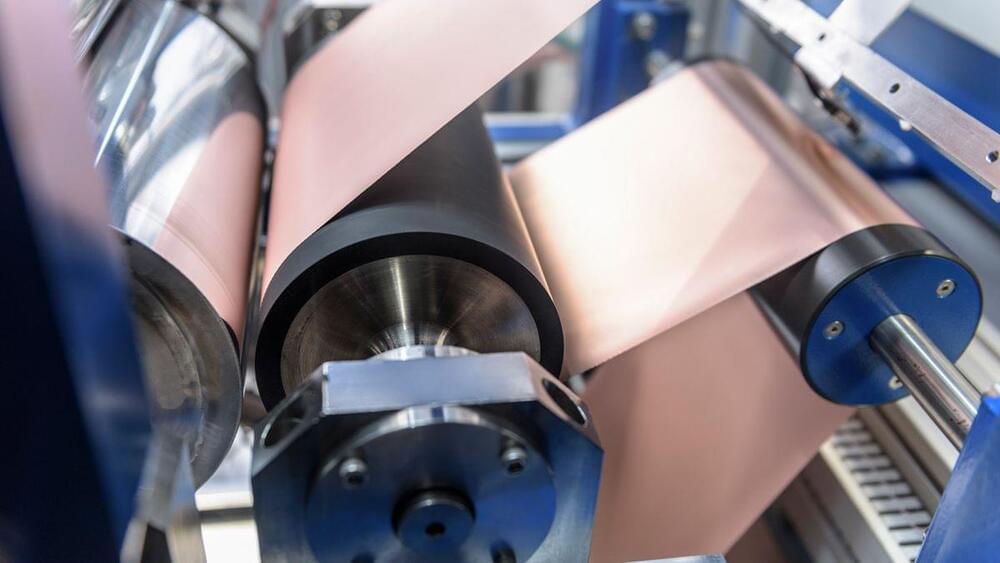Everyone’s experienced the regret of telling a secret they should’ve kept. Once that information is shared, it can’t be taken back. It’s just part of the human experience.
Now it’s part of the AI experience, too. Whenever someone shares something with a generative AI tool — whether it’s a transcript they’re trying to turn into a paper or financial data they’re attempting to analyze — it cannot be taken back.
Generative AI solutions such as ChatGPT and Google’s Bard have been dominating headlines. The technologies show massive promise for a myriad of use cases and have already begun to change the way we work. But along with these big new opportunities come big risks.






